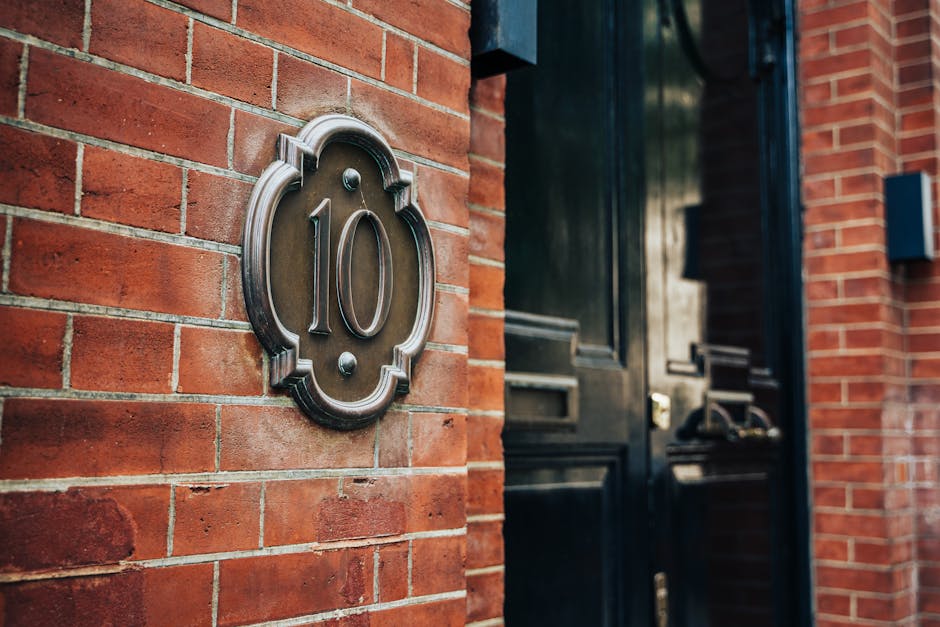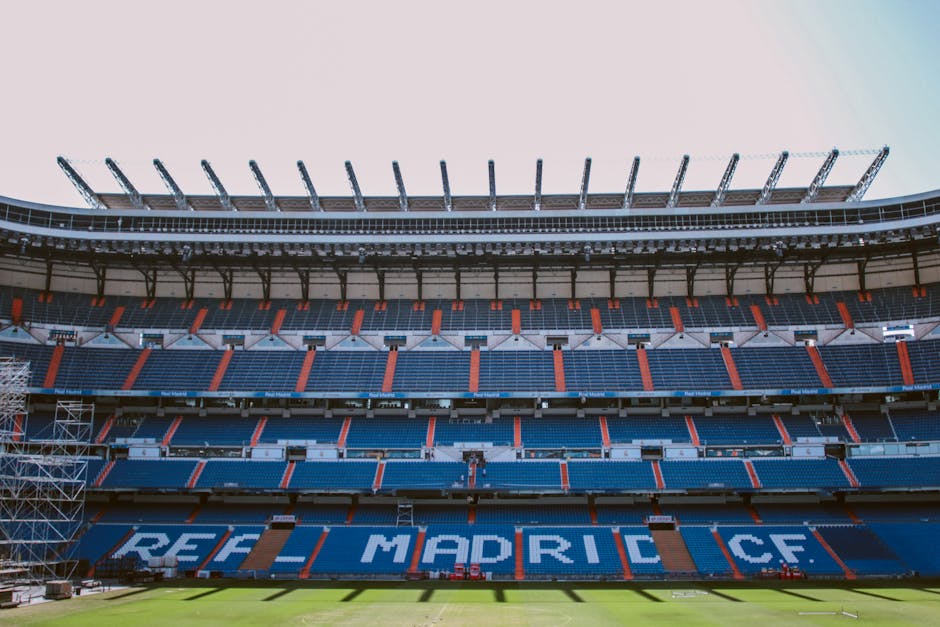In a city often defined by its relentless pace, a different kind of energy pulsed through the five boroughs this week: democratic fervour. The primary election to choose New York City’s next mayor—a contest seen as a critical turning point for its post-pandemic future—has electrified its citizens, leading to the biggest turnout for a New York mayoral vote in three decades.
While a primary turnout hovering around 25% might seem modest from a global perspective, for New York, it’s a seismic event. It signals a renewed and urgent engagement from a populace grappling with fundamental questions about its direction.
What Propelled the Record Turnout?
The answer lies in the city’s recent history. New York was the global epicentre of the COVID-19 pandemic, a city brought to its knees but never broken. This election was not just about choosing a successor to Mayor Bill de Blasio; it was a referendum on the path to recovery. The key issues on the ballot were ones that resonate deeply in megacities across the world.
- Public Safety: Growing concerns over a spike in crime had New Yorkers demanding a leader who could ensure safety without sacrificing police reform.
- Economic Revival: The hollowing out of its world-famous commercial districts and the plight of small businesses made economic recovery a central talking point. From Manhattan to the outer boroughs, the question of how to bring back jobs and tourists was on everyone’s mind.
- Social Justice: The election also became a platform for conversations around equity and justice in the city’s recovery efforts.
Ranked-Choice Voting: A Game Changer for Engagement
Adding a unique flavour to this election was the introduction of Ranked-Choice Voting (RCV). This new system, which allows voters to rank up to five candidates in order of preference, changed the entire dynamic of the race. It forced candidates to build broader coalitions and appeal to a wider range of voters, moving away from purely negative campaigning. While the system has led to a longer wait for the final results, it undoubtedly played a role in boosting engagement, making every vote feel more impactful.
A City Reawakens at the Ballot Box
For the diverse communities across New York, including the substantial Indian-American population, the stakes were incredibly high. The high turnout reflects a growing political consciousness and a realization that their voices must be heard in the corridors of City Hall.
The likely winner, Eric Adams, a former police captain and the current Brooklyn Borough President, ran on a compelling platform of public safety and working-class advocacy. His performance in the polls is a powerful statement about the city’s priorities.
Ultimately, the fact that New York’s mayoral vote drew its biggest turnout in three decades is more than just a statistic. It’s the sign of a city reawakening. It shows that in the face of immense adversity, citizens are turning to the most powerful tool they have: the ballot box. As New York embarks on its great comeback story, the world will be watching closely.




